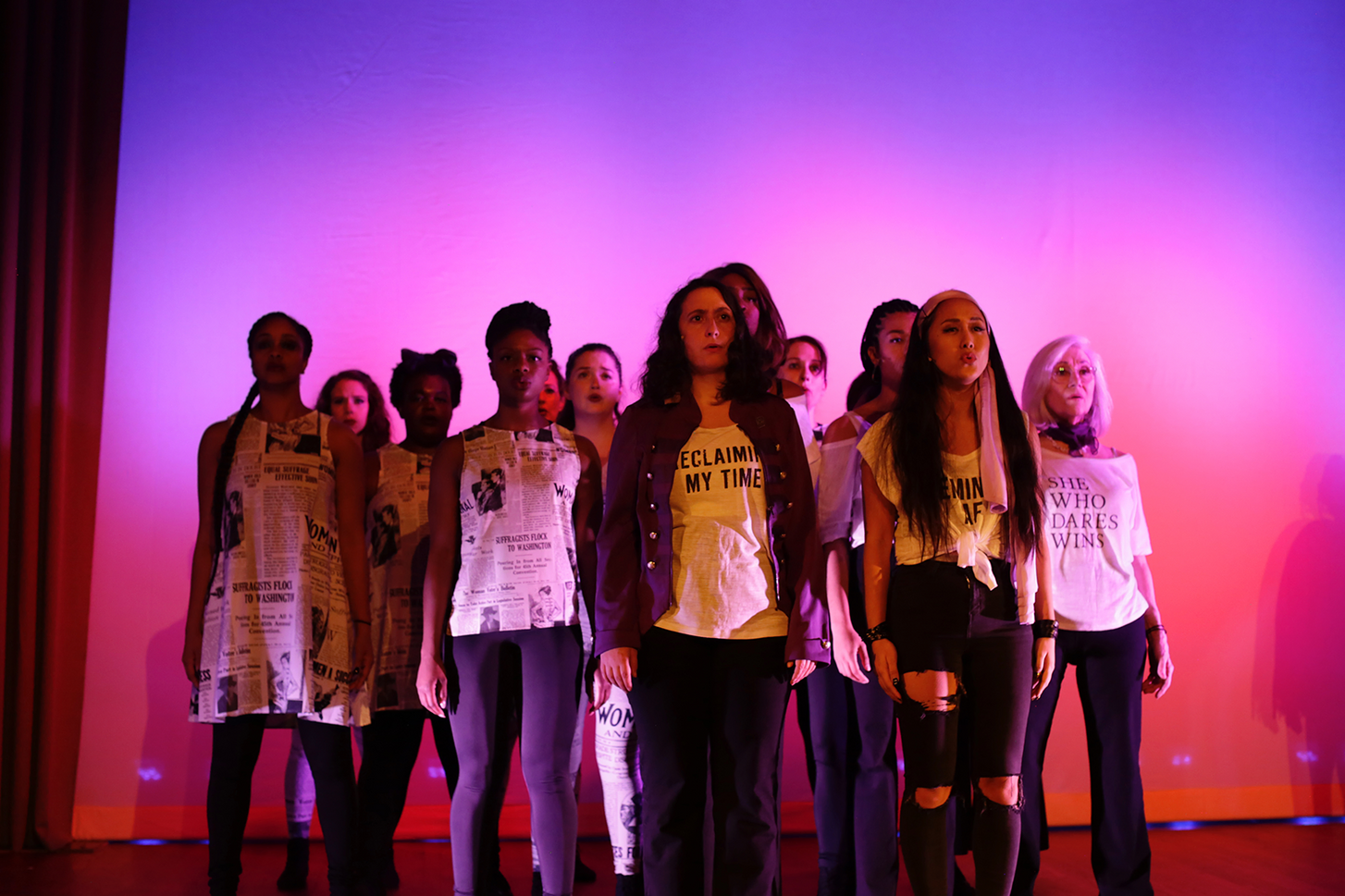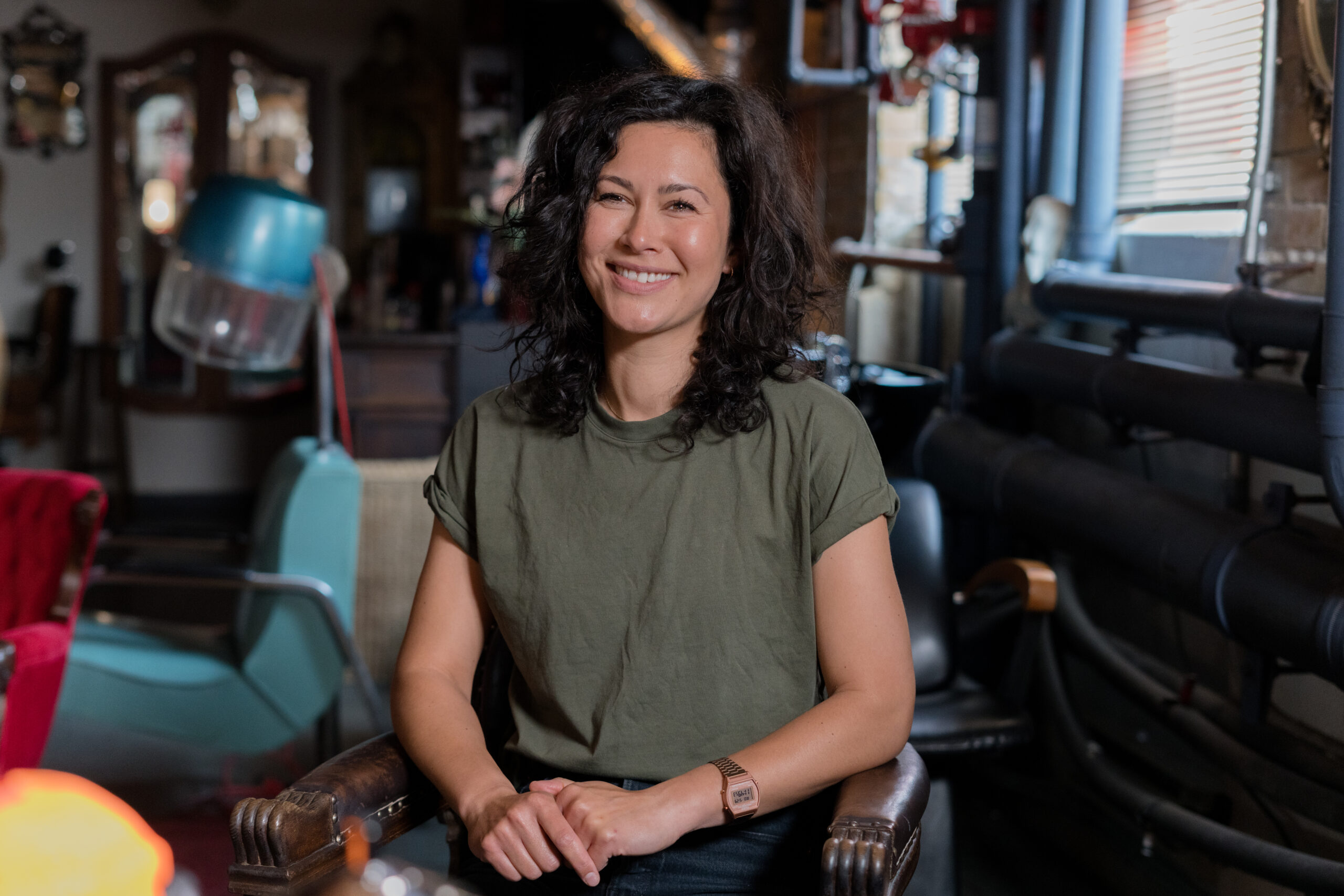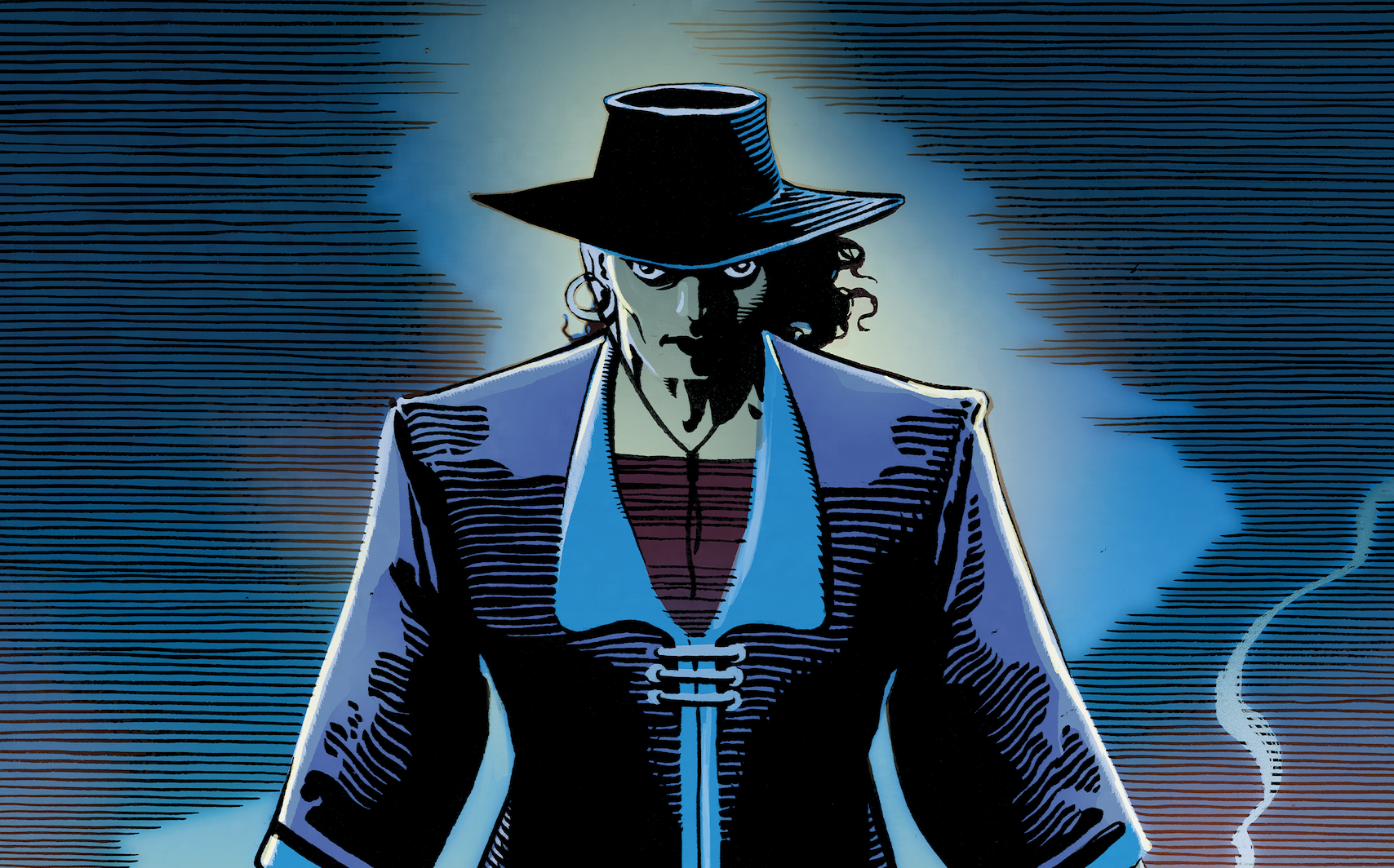
Renata Cherlise, founder of Black Archives, the treasured platform that chronicles contemporary Black American life, first fell in love with photography as a young girl paging through family albums.
Renata’s father Edwin, an amateur photographer who embraced his role as the family historian, used a Nikon to record the pivotal and prosaic moments of their lives with equal aplomb, meticulously curating the photographs with cut-out magazine and newspaper clips to add a touch of pizzazz. Her maternal grandmother’s camera of choice was the Polaroid, the most accessible and affordable option for an older woman living on a fixed income. She carefully captioned the white frames of the instant photos before placing them chronologically inside her album, providing Renata with a counterpoint to her father’s more free-flowing approach to collecting the stories of their lives.
Perusing the albums, Renata saw her family history unfold before her eyes. Each photograph offered a window into the past, allowing her to experience an intimate encounter that was part of a larger tapestry of the individual and collective family. With her first book, ‘Black Archives: A Photographic Celebration of Black Life’ (February 14, 2023, Published by Ten Speed Press, an imprint of Penguin Random House), Renata returns to her roots, drawing upon her own family albums, as well as those of members of the community and institutional archives, to celebrate the profound and prosaic alike.

‘Black Archives’ brings together vernacular photographs made between the 1930s and 1990s of familiar scenes like family gatherings, holidays, vacations, nights on the town, moments of praise and worship, and styling and profiling on the front porch, in uniform, with cars, and among friends. With so much of Black American history lost or destroyed, Renata understands the power of family albums to create connections across time and space, and to preserve a shared cultural lineage for future generations. ‘Black Archives’ begins in the home.
Renata remembers being captivated as a child seeing pictures of herself, family members, and ancestors lovingly displayed on its pages. “For many they are home. They are spaces to find comfort, strength, and even escape,” she said in a press release about her book.
We had the chance to speak with Renata about Black Archives, what it means to her own family’s history, why this book is a love letter to her community, in celebration of Black life and Black families.

What made you fall in love with photography?
One of my favorite activities growing up was flipping through the pages of our family photo album. My father Edwin was our designated photographer and meticulously curated our photo album — and it was always like magic. I rarely saw the envelope with developed photographs and negatives or witnessed him rearranging the album, weaving new photographs with cutout magazine or newspaper clippings in lieu of handwritten captions. It would just be there one day, waiting to be discovered.
Why are family photos or albums so crucial to preserving history and culture?
Although my father passed 15 years ago, the power of the work he did remains just as powerful. Looking through the album as an adult, I can relive these moments and what’s more, consider his intentionality from a new perspective. Because of his passion for photography and archiving the work, I am able to revisit and trace our story, to try to see it through his eyes. Each time I look, I find something new that I hadn’t noticed, or perhaps didn’t previously know how to speak about.

How did the idea for ‘Black Archives’ come about, and what was your process of sourcing all the images?
I began finding digitized images and historical references of the Black experience that I’d never seen in mainstream media or textbooks, and wanted to share them online. , I began digging—in library, higher learning, and institutional archives—as a form of uncovering and selfexploration, all while learning about the broader visual story of the Black experience. In 2011, I began creating mini photo stories on Tumblr. In 2015, I launched the Black Archives website and Instagram feed. In 2019, I left a corporate position as a technical writer in banking to focus on my company.
Many of the photographs in the book came through our community at Instagram after I put out a few submission calls between 2019-21, when I began working on the book. I wanted to include my own family photos, along with images sourced from institutions and repositories, to provide an expansive array of experiences and perspectives.

You included some of your own family photos in the book. Which ones did you choose, and what was it like going down memory lane looking through your own family archives?
Growing up, my parents always had a special date night where they pulled together their best looks for a night on the town. They would coordinate their outfits to make a statement when they arrived, and it was always greeted with warmth, admiration, and respect from their friends. While the act of “steppin’ out” was a sight to behold, watching my parents get ready for the evening was an event for the whole family.
My siblings and I were helped my dad with the fine details, perhaps a last minute line up with the hair clippers or a quick shine of shoes. As for mom, she kept her preparations behind closed doors. We waited for the big reveal, and she always came out of their room ready for the world. It was thrilling to be a part of those moments, and looking at the photographs brings it all back.


Joy is an act of resistance, and seeing these families in a state of joy with each other feels very powerful. What statement were you intending to make with this display of joy?
Mainstream media frequently strips Black people of their humanity and individuality, where their entire existence is measured against degrading stereotypes. Growing up in a society where you’re constantly seen as a threat, regardless of age, is never accounted or adjusted for in these mainstream portrayals.
As a mother, it’s important to me that my work celebrates Black families in all their forms, while reminding Black folks of the sweet moments tucked away within the memories of their own childhoods. My desire is to protect the sacredness of Black life, and it is my hope that one day, the kinds of images we see in this series become the norm for how Black people are portrayed: as beautiful, joyful, and free.
At a time when we are inundated with so many stories of violence, racism and oppression in the news, what kind of emotions do you hope ‘Black Archives’ will stir up in the midst of a painful time?
Black people have always found a way. The ancestors taught us how to survive, to find beauty, love, community, and hope. Feeling good and having pride in who we are is the gift we give ourselves. Sometimes, enjoying the moment can be simply what you make of a situation, for better or worse. Even the anticipation of having a good time is necessary for our survival because in those thoughts of joy, the promise of a celebration can carry us through.
Making time to celebrate ourselves and loved ones is what Black Archives is all about. It serves as a reminder to take up space in this world and preserve the moment as evidence of a life fully lived.
You can purchase a copy of ‘Black Archives: A Photographic Celebration of Black Life’ out now. Be sure to check out more of Renata Cherlise’s work on the Black Archives website. You can also follow Black Archives on Instagram.

















